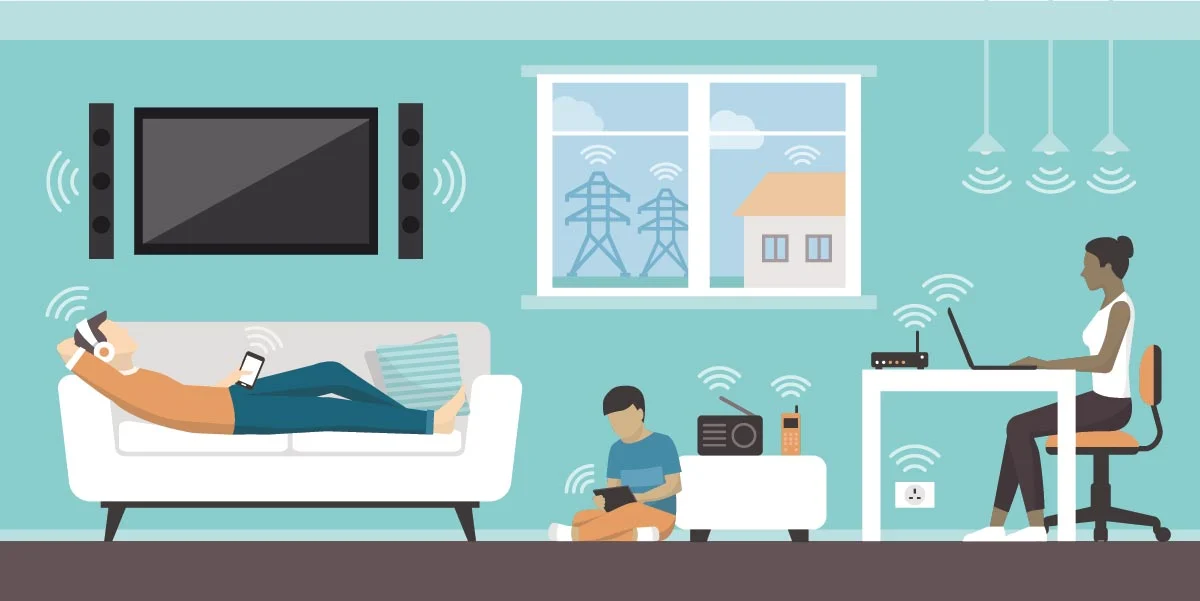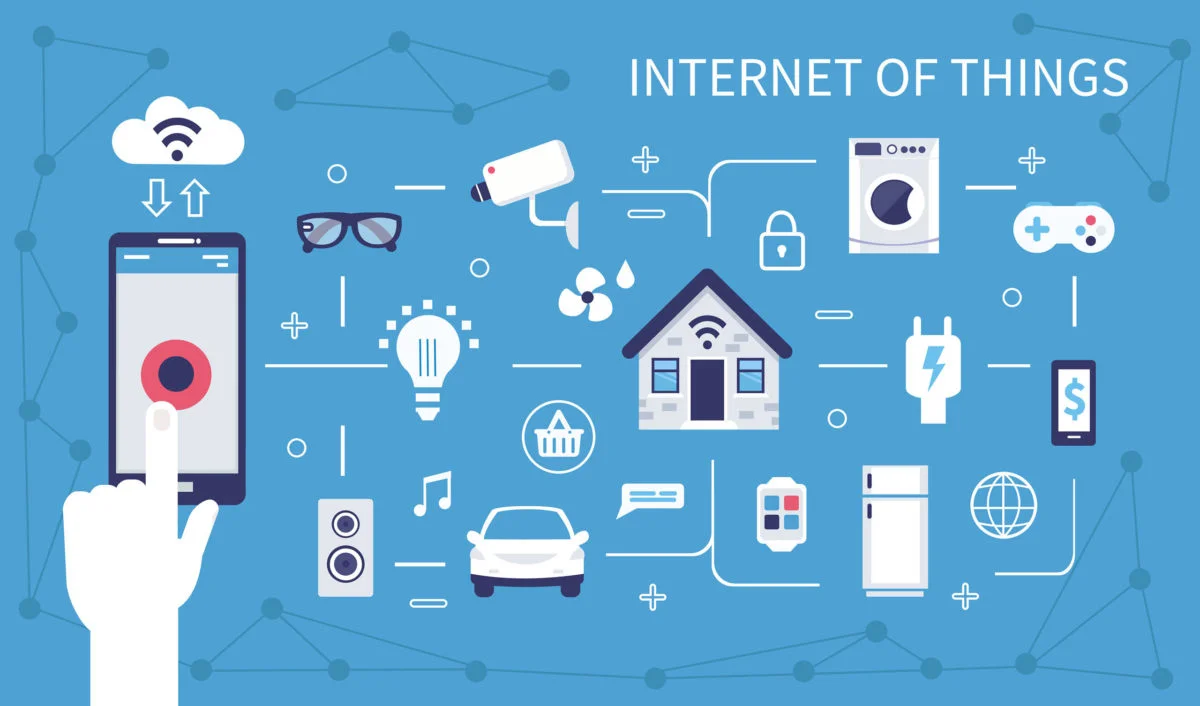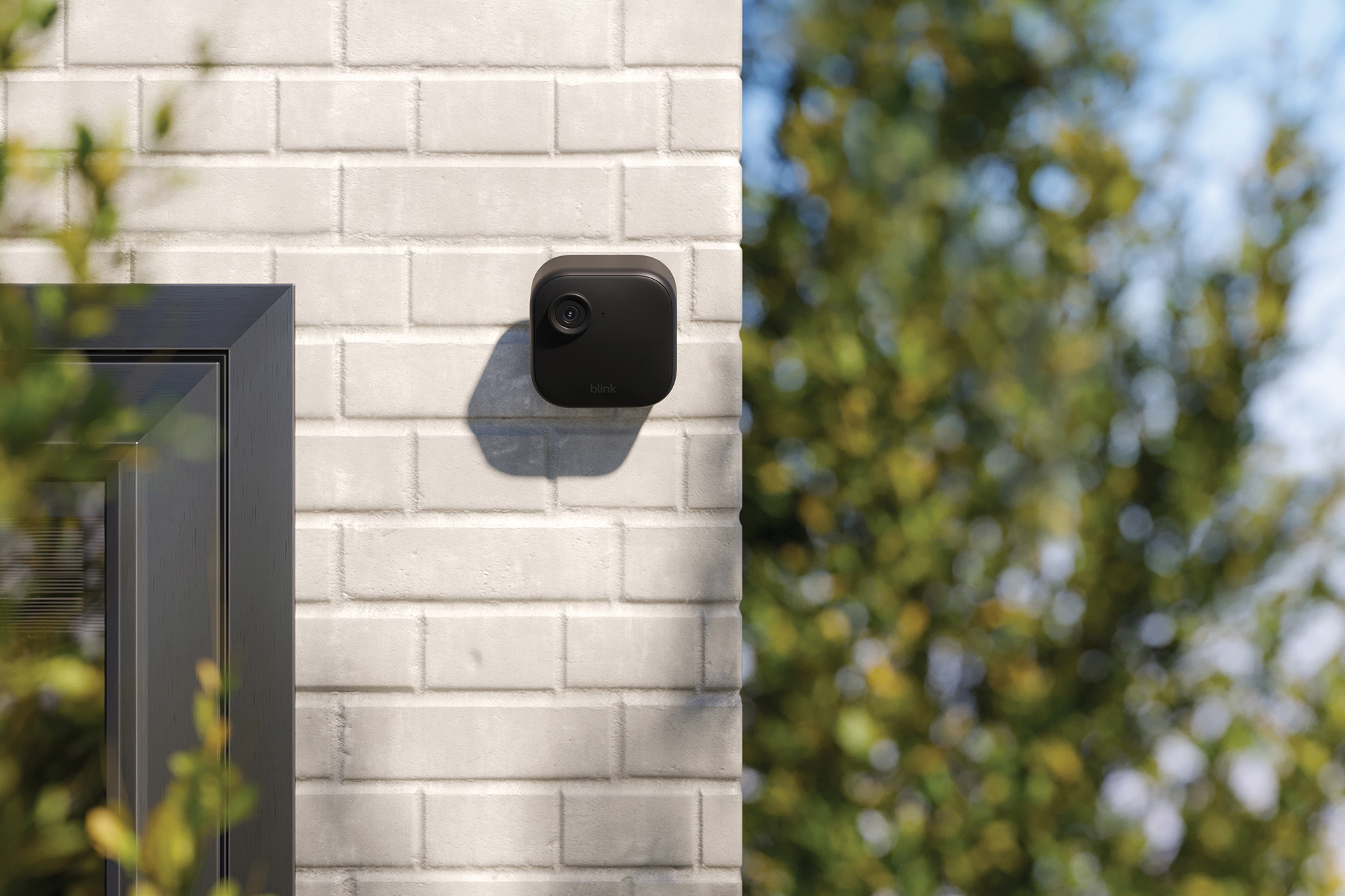The WiFi in most homes is facing collapse due to the increase in connected devices and data trafficking
In today’s digital age, our reliance on WiFi has become more significant than ever. Whether it’s streaming movies, connecting smart home devices, or working remotely, a stable and high-speed internet connection is crucial. However, with the rapid increase in connected devices and data trafficking, the WiFi networks in most homes are facing a daunting challenge – the possibility of collapse.
The demand for WiFi has skyrocketed in recent years. From smartphones and laptops to smart TVs and gaming consoles, our homes are now filled with an array of devices that rely on a stable internet connection. On top of that, the internet traffic generated by these devices has surged exponentially due to the rise of streaming services, online gaming, and remote work.

WiFi collapse: The Strain on Home WiFi Networks
As more devices are connected to the WiFi network, it puts a strain on the available bandwidth. This results in slower internet speeds, signal dropouts, and frustrating buffering issues. For households with multiple family members simultaneously using the internet for various purposes, this can be a significant bottleneck.
Furthermore, the increase in data trafficking exacerbates the strain on WiFi networks. Data-heavy activities such as streaming high-resolution videos, downloading large files, and video conferencing require a significant amount of bandwidth. When multiple devices engage in these activities simultaneously, it can cripple the WiFi network’s performance.

The Need for WiFi Network Optimization
To prevent the WiFi collapse and ensure a reliable internet connection, it is crucial for homeowners to optimize their WiFi networks. Here are some steps you can take to improve your WiFi performance:
- Upgrade Your Router: Older routers may struggle to handle the increased demand of modern devices. Consider upgrading to a router that supports the latest WiFi standards, such as Wi-Fi 6, and offers advanced features like beamforming and multiple antennae for improved signal coverage.
- Optimize Router Placement: Position your router centrally in your home and away from obstructions such as walls, large furniture, or appliances that can interfere with the signal. Raising the router off the ground can also help improve coverage.
- Change WiFi Channel: WiFi routers operate on different channels, and interference from other nearby networks can impact performance. Experiment with changing the WiFi channel to find the one with the least interference.
- Limit Connected Devices: Take stock of all the devices connected to your WiFi network and remove any that are no longer in use. The fewer devices connected, the more bandwidth is available for each device.
- Use Ethernet Connections: For devices that are stationary and require a stable and high-speed connection, consider using Ethernet cables instead of relying on WiFi.

Connected devices in our homes continues to grow
Optimizing your WiFi network not only enhances the performance of your connected devices but also ensures a more seamless experience for everyone using the internet in your household. By following the tips mentioned above, you can alleviate the strain on your WiFi network and avoid the collapse that can occur due to the increasing demands of connected devices and data trafficking.
In conclusion, as the number of connected devices in our homes continues to grow, the strain on WiFi networks is becoming increasingly evident. The collapse of WiFi networks can lead to frustration and disrupt our daily activities that depend heavily on a stable internet connection. However, by implementing WiFi network optimization techniques such as upgrading routers, optimizing router placement, and limiting connected devices, we can mitigate these issues and ensure a smoother online experience. Remember, a well-optimized WiFi network is the key to enjoying the benefits of our connected world without any hiccups.



